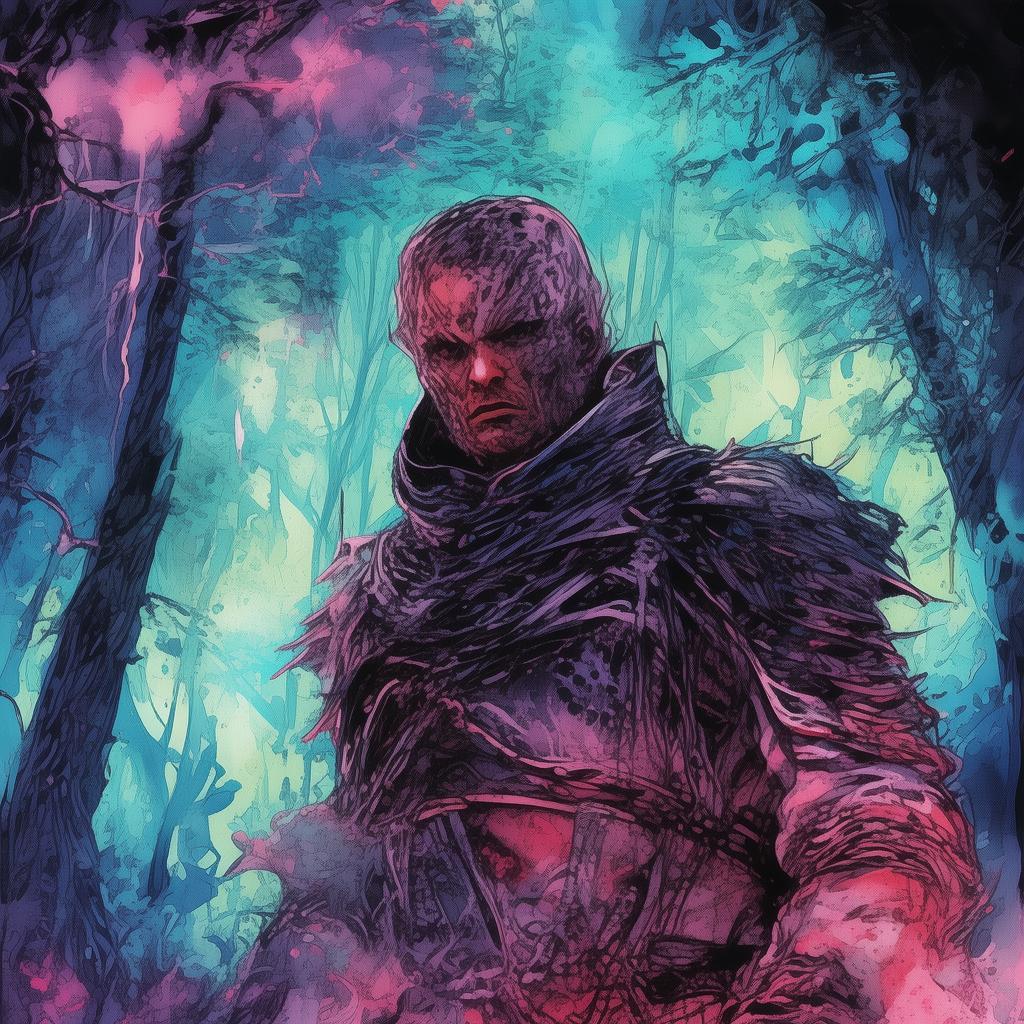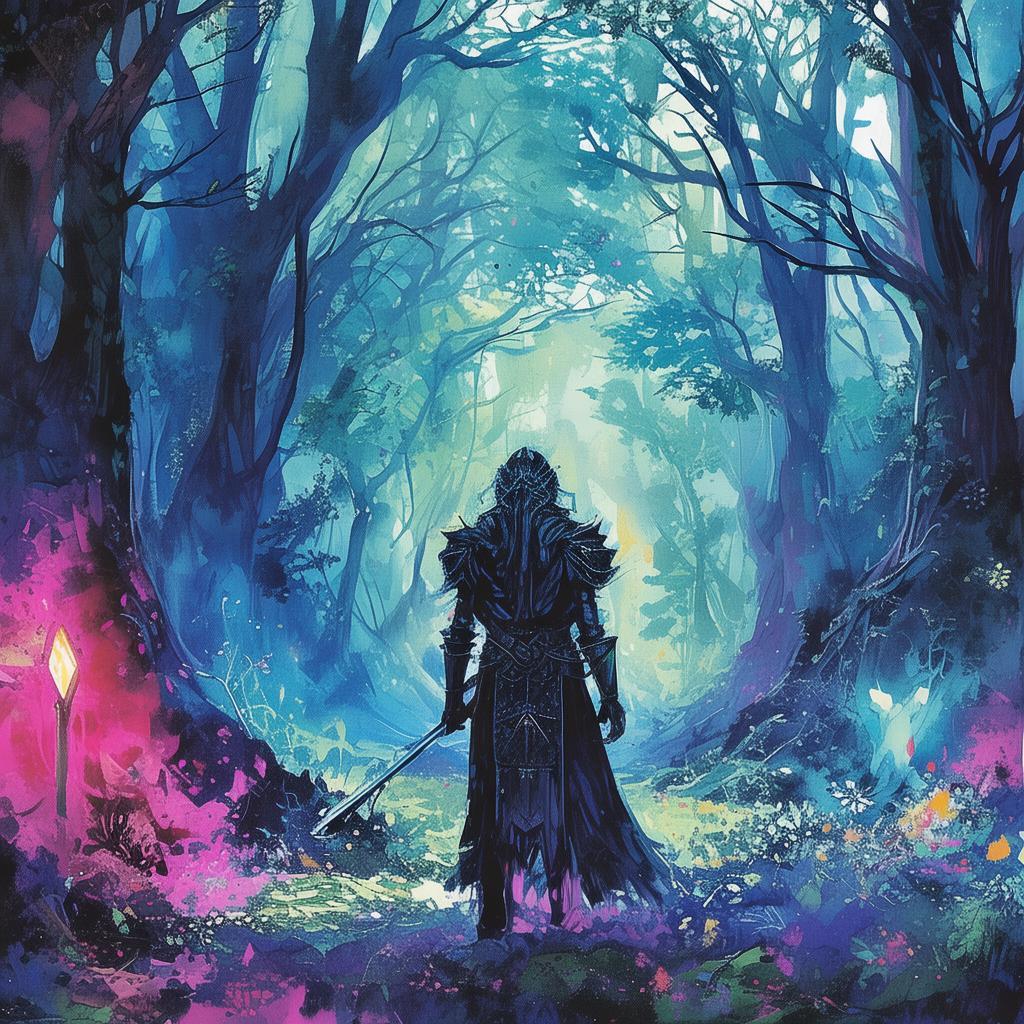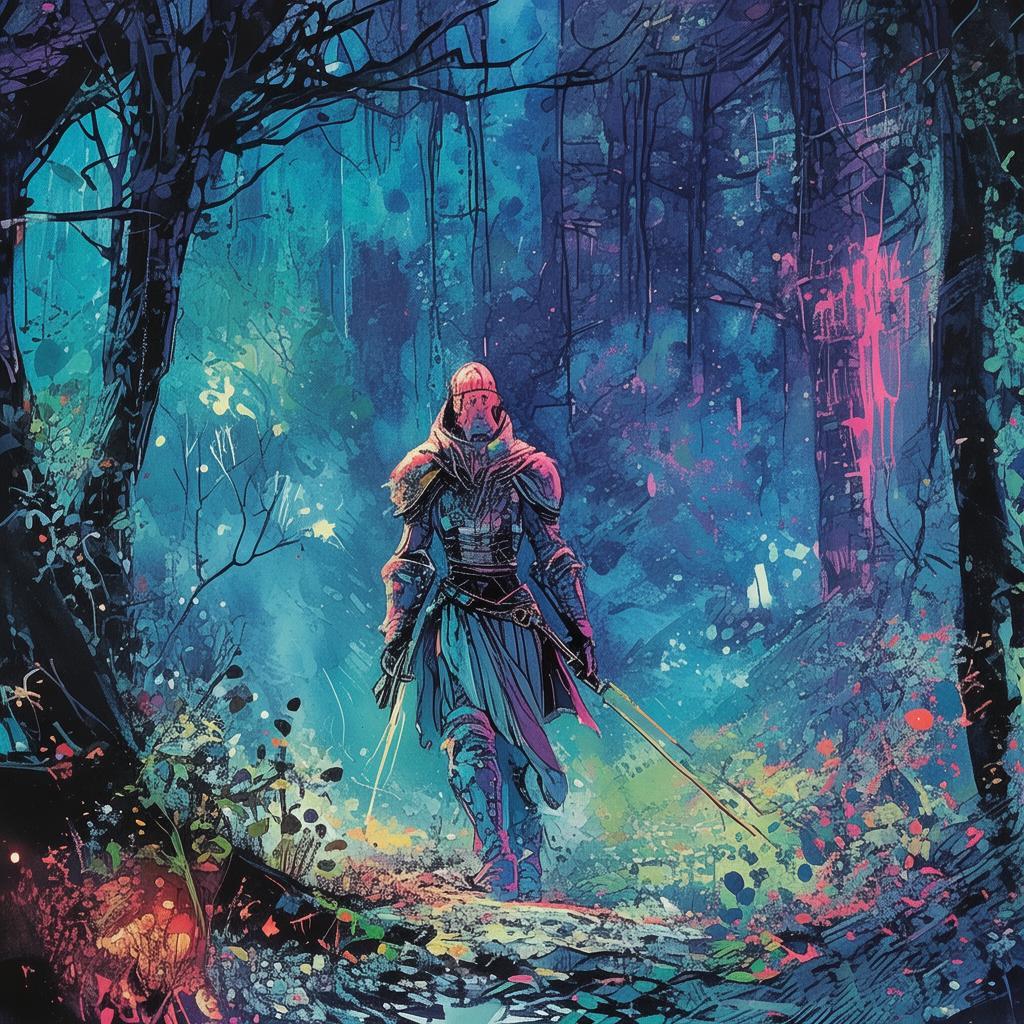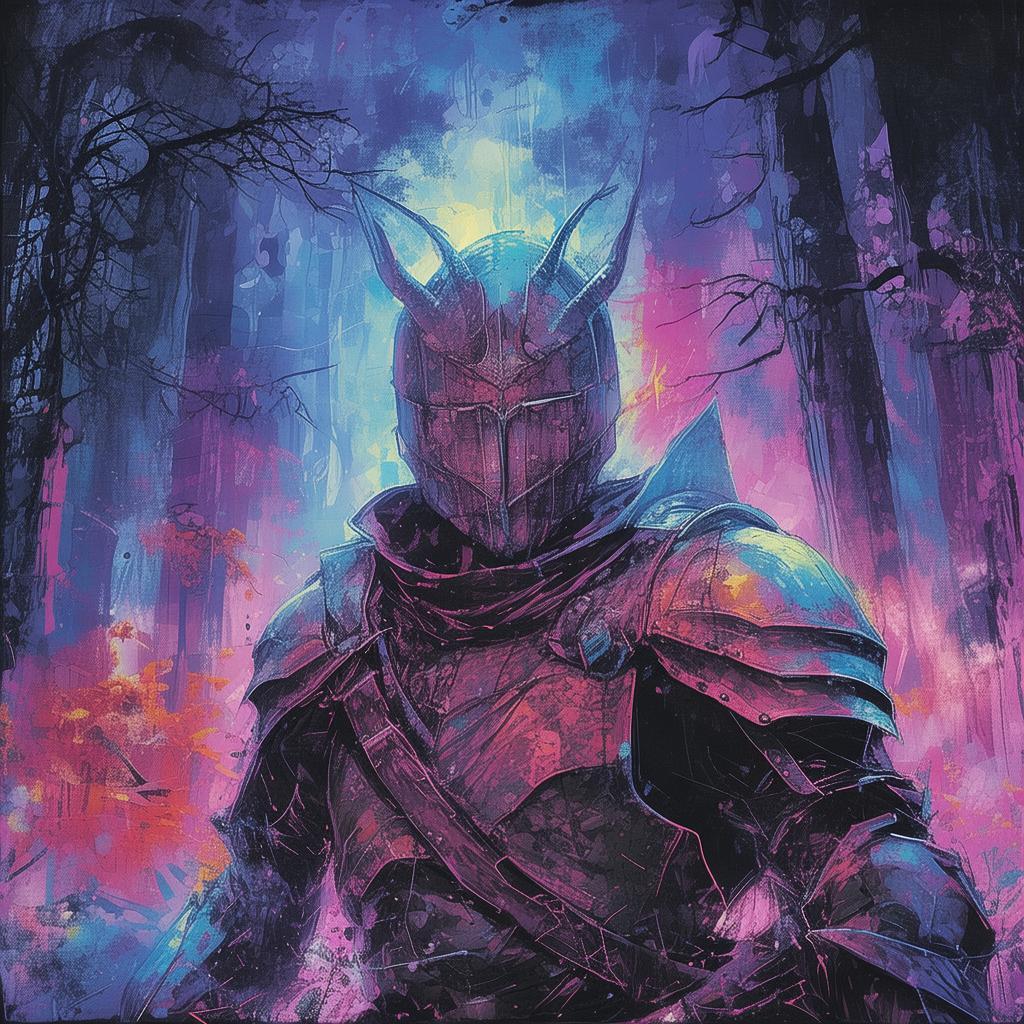The Last Harvest of the Distant Fields
In the year 2147, the world had been transformed by the marvels of genetic engineering. The Distant Fields, a sprawling expanse of arable land, was the pinnacle of this transformation. Here, crops were grown not by the sweat of human hands but by the precision of AI and the wisdom of bioengineered seeds.
Amara, a young farmer with a heart as green as the fields she cultivated, lived in the heart of the Distant Fields. Her family had been the stewards of the land for generations, but Amara's passion for farming went beyond the simple act of growing food. She was fascinated by the genetic secrets that allowed the crops to thrive in such a harsh environment.
One crisp autumn morning, as the sun rose over the horizon, casting a golden glow over the fields, Amara found herself in the midst of a discovery that would change everything. While inspecting a particularly vibrant crop of wheat, she noticed something unusual—a faint, almost imperceptible glow emanating from the seeds.
Curiosity piqued, she carefully extracted a seed, its surface shimmering with an otherworldly light. Amara's fingers trembled as she held it up to the light, and she felt a strange connection to the seed. It was as if it were calling to her, whispering secrets of a time long past.
As she examined the seed under her microscope, she was shocked to find that it was unlike any other in the Distant Fields. Its DNA was a complex tapestry of ancient and futuristic genetic codes, a blend of the wild and the engineered. It was a living artifact, a relic of a time when farming was a sacred ritual, not a science.
Amara's father, a stern man who believed in the purity of the Distant Fields' crops, was livid when he discovered what his daughter had found. "That seed is forbidden," he growled, his eyes filled with a mixture of fear and anger. "It's not meant for human hands."
But Amara was undeterred. She knew that the seed held the key to a future where farming was not just about feeding the world but about understanding it. She began to study the seed, to unravel its mysteries, and in doing so, she discovered that it was not just a seed, but a seed of knowledge.

The more she learned, the more she realized that the forbidden seed was a part of a larger conspiracy. The Distant Fields were not the utopia they claimed to be; they were a facade, a cover for a darker truth. The true power of the fields lay not in the crops, but in the genetic secrets that were being kept from the world.
Amara's discovery quickly spread through the community, and she found herself at the center of a storm. The government, which had long controlled the Distant Fields, saw her as a threat. They sent agents to retrieve the seed, but Amara was determined to protect it.
As the conflict escalated, Amara was forced to make a difficult choice. She could either surrender the seed and risk being imprisoned or she could fight for the truth. She chose to fight, and with the help of a few unlikely allies, she embarked on a journey to expose the truth behind the Distant Fields.
The climax of their struggle came when Amara and her allies confronted the head of the government's agricultural division. In a tense standoff, Amara revealed the forbidden seed's true nature—a seed of genetic diversity, a seed that could restore the balance between nature and technology.
The head of the division, faced with the evidence and the moral implications of his actions, chose to side with Amara. He revealed that the Distant Fields were a result of a long-term experiment to create a perfect crop, one that could feed the world without the need for human labor. However, the experiment had gone awry, leading to the creation of crops that were not only sterile but also dangerous.
With the truth exposed, the government was forced to dismantle the Distant Fields and return the land to its natural state. Amara's actions had not only saved the world from a genetic disaster but had also sparked a new era of sustainable farming.
In the end, Amara returned to the fields, not as a farmer, but as a guardian of the land. She planted the forbidden seed, and from it grew a crop that was not just bountiful but also a symbol of hope and the enduring spirit of humanity.
The Last Harvest of the Distant Fields was a tale of courage, knowledge, and the enduring power of nature. It was a story that would be told for generations, a testament to the resilience of the human spirit and the importance of understanding the world we live in.
✨ Original Statement ✨
All articles published on this website (including but not limited to text, images, videos, and other content) are original or authorized for reposting and are protected by relevant laws. Without the explicit written permission of this website, no individual or organization may copy, modify, repost, or use the content for commercial purposes.
If you need to quote or cooperate, please contact this site for authorization. We reserve the right to pursue legal responsibility for any unauthorized use.
Hereby declared.









